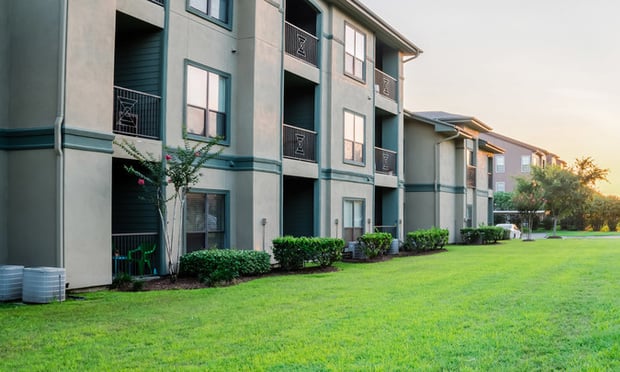DALLAS-The American public generally is unaware of the fact that the US is facing a physician shortage, especially primary care physicians of PCPs. The physician shortage is concerning not only for those Americans seeking healthcare, but also for the medical office building sector, according to experts who spoke at the 2011 Medical Office Buildings & Healthcare Facilities Conference.
Nearly 700 healthcare real estate executives attended the conference sponsored by the Building Owners & Managers Association and held at Hyatt Regency Downtown.
“Looking forward, we have increased demand for healthcare, which should be good for the industry, but there’s a big problem with the shortage of physicians,” said Dr. Steven Katzman, a medical doctor with Texas Digestive Disease Associates. He participated in a panel called “Physician Practice Dynamics in the Wake of Healthcare Reform: a Roundtable”.
Moderated by Scott Kuklish, executive vice president and managing director of medical property services for PM Realty Group, the roundtable also included: Dr. Paul Sanders, a family practice physician; Karen Kennedy, CEO of Impel Management and chief administrative officer for Medical Clinic of North Texas PA; and Layton Lang, chief administrative officer of CIVA.
The roundtable experts discussed the predictions that the US will experience a physician shortage of 125,000 to 150,000 doctors by 2020. While the shortage will be evident across all medical specialties, it will be most acute with PCPs.
Sanders noted that there has been a 20% to 40% drop in primary care physician compensation, driving new medical students to seek out other specialties. “Eventually, there won’t be any primary care physicians if something doesn’t happen,” he said. “That will change the way buildings are built and the space needed.”
In particular, the panelists noted that PCPs and family medicine physicians have been dinged so substantially on compensation that many of them can no longer afford the medical offices in which they occupy.
Sanders’ practice, for example, is reducing its employee staff (not its physicians), as well as its medical office space. “We’re cutting our space by 45% because we just can’t afford it,” he said.
The panelists agreed that medical office real estate sector would be impacted as more PCPs feel the compensation crunch.
Want to continue reading?
Become a Free ALM Digital Reader.
Once you are an ALM Digital Member, you’ll receive:
- Breaking commercial real estate news and analysis, on-site and via our newsletters and custom alerts
- Educational webcasts, white papers, and ebooks from industry thought leaders
- Critical coverage of the property casualty insurance and financial advisory markets on our other ALM sites, PropertyCasualty360 and ThinkAdvisor
Already have an account? Sign In Now
*May exclude premium content© 2025 ALM Global, LLC, All Rights Reserved. Request academic re-use from www.copyright.com. All other uses, submit a request to [email protected]. For more information visit Asset & Logo Licensing.








